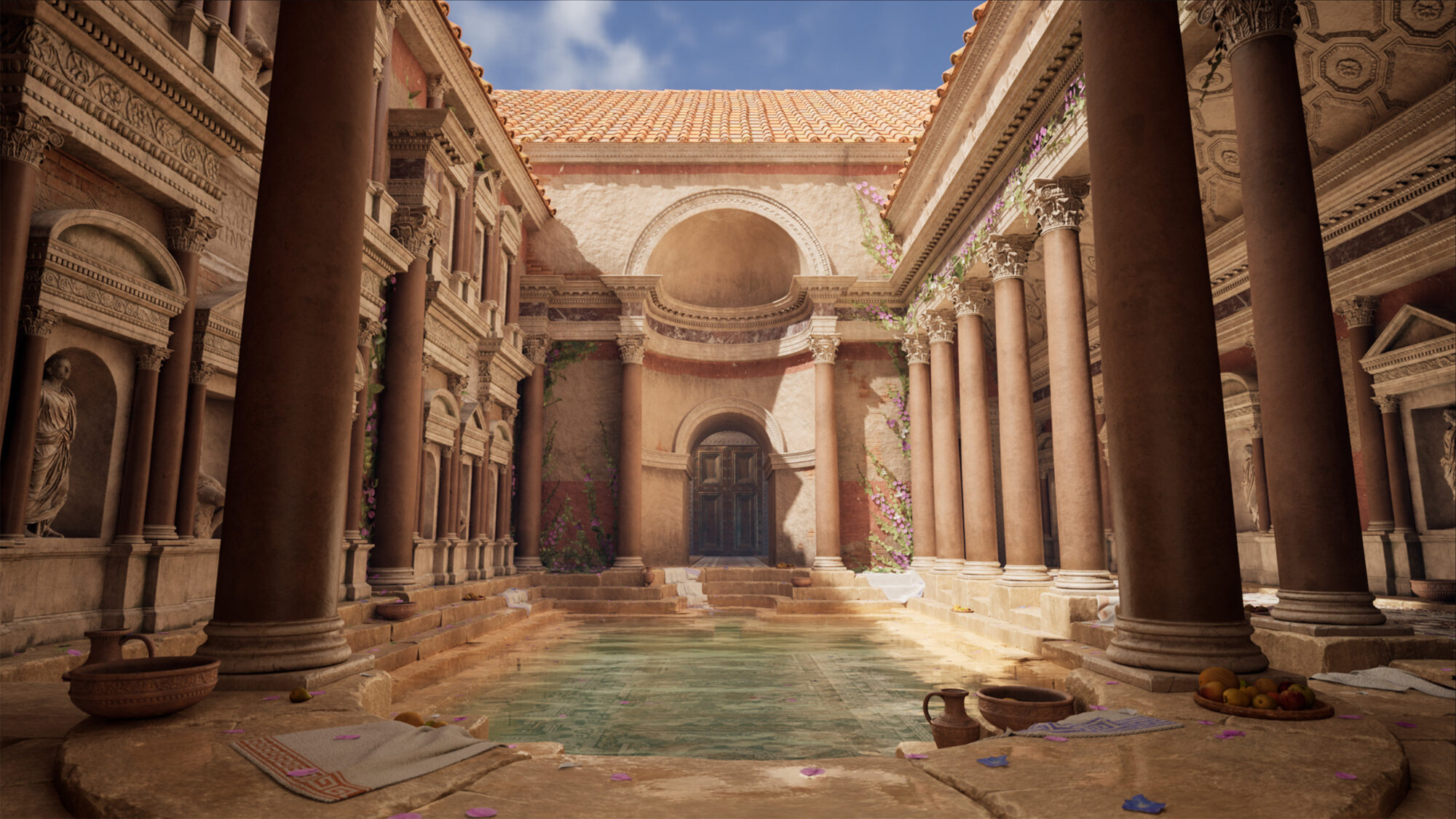
Project
In this article, I will discuss the process of creating the AS VAL weapon.
This weapon was inspired by Senior 3D Artist, Dan Kenton in particular his VSS Vintorez piece.
References
The first thing you need to create a good weapon model is to study it thoroughly. To familiarize myself with the AS VAL, I collected photos of the weapon and renders from other skilled modelers, watched weapon channels on YouTube, and reviewed drawings.
I spent two days on this step. The key is to try to find as many different angles as possible.
Once you have a good understanding of how the weapon functions, you can begin the modeling process.
Goals
Currently, my goal is to enhance the level of texturing and quality in my models. I am genuinely fond of Ryzin Studio and greatly admire their work; I think it’s incredibly impressive.
Joining them in the future is something I aspire to.
Software
- Fusion 360
- MOI
- 3DS Max
- ZBrush
- Substance Painter
- Marmoset Toolbag
- Photoshop

Modelling
I started modeling in Fusion 360. To begin with, I prepared a photo from all angles in Photoshop. Then I added them to Fusion and was ready to start modeling. I advise you to add chamfers where necessary for the silhouette or if the chamfers are quite large. Where the chamfers are not large, you can bake them there.
You should not add a chamfer in Fusion, as the mesh will then have to be cleaned in 3ds Max. Adding a chamfer in ZBrush will be easier than fixing it in 3ds Max, and you can save polygons this way.
It took me 7 days to model in Fusion. After the modeling was done, I exported the model to MOI. From there, I exported an FBX file to create a low poly in 3ds Max and another one to create a high poly in ZBrush.

High Poly
I used a DynaMesh for the high poly first and then smoothed out the corners. After that, I started adding different damage and chamfered edges, and finally, I added welds.
This completes the creation of the high poly model.

Low Poly
Well, when working with low poly, you need to spend more time.
First, I export the FBX file from MOI to 3ds Max, and then I start editing the mesh. I add a mesh in some areas and delete it in others, and so on for each part. This stage usually takes about 2-3 days, but in the case of AS VAL, it took me 3 days.

UVW
I create UVW maps in 3ds Max with the assistance of various plugins. When creating UVW maps, the crucial aspect is to align everything properly, ensuring there are no visible seams. Cylinders should be unwrapped into rectangles, and in certain areas, we may need to achieve UVW symmetry by overlaying sections of the unwrapped map on top of each other.
Texturing
When it comes to texturing, I prefer using the diff/spec/gloss method.
I believe it is crucial to avoid rushing and ensure that each diff/spec/gloss/height map contains the necessary information.
Simply focus on the diff/spec/gloss/height maps and remember to pay attention to the small details. This approach will result in a great outcome!
Rendering
I’m not a big fan of rendering, but I do render in Marmoset. I prefer rendering on a black background. In these renders, I set up the lighting without a sky, using only omni and directional lights.

Outro
Thanks for reading this article. I hope you have learned something.
I would like to express my gratitude to Games Artist for giving me the opportunity to write this article.
I will leave a link to my ArtStation profile.
Thank you!












